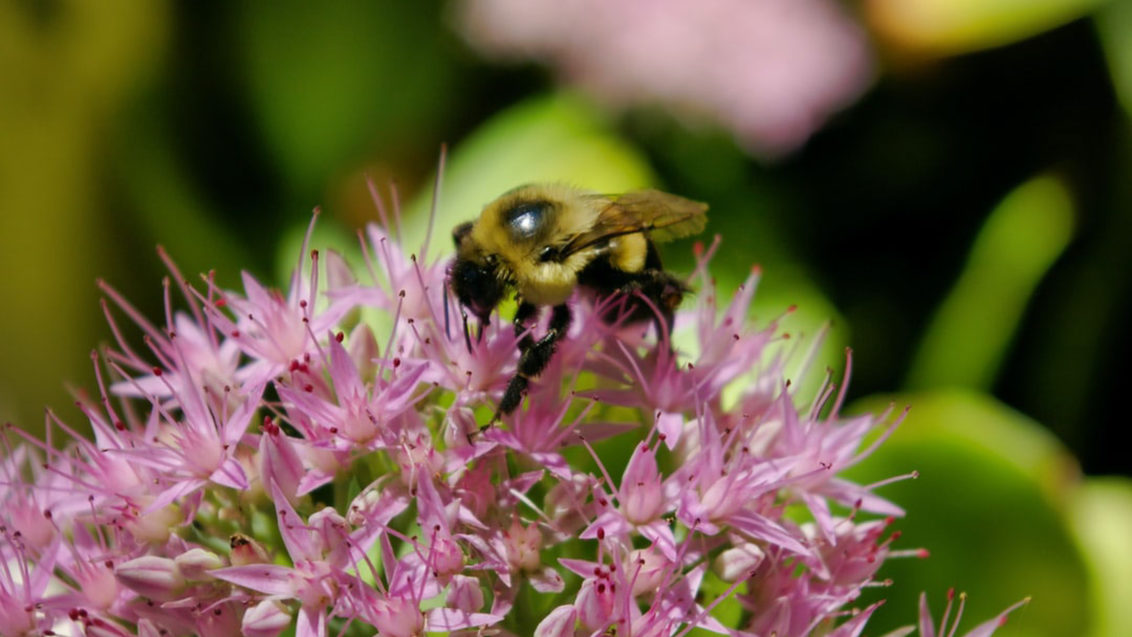Performance-enhancing or just compatible – and how do we know anyway?
Part of the process of finalising the formulation of a new crop protection product is to check its physical compatibility with other products. The product registration process distinguishes between ‘convenience’ tank mixes, such as the ones you might choose, for example to save your spray operator’s time; and ‘positive’ tank mixes where products are combined to improve results, such as when you add an adjuvant.
If we give any recommendation about our own products in positive tank mixes – such as the use of our new adjuvant – it has to be backed by physical and chemical compatibility test data and by laboratory and crop trials data to support our performance claims. Incidentally, our tests take account of the influence of water quality because pH and hardness can make a big difference – and all of our own products are formulated with additives that buffer pH to the optimum range for the active ingredient.
So, when we or our our advisers or agents tell you, for example, that our new adjuvant is compatible with a particular plant protection product, you can be confident we have done the work and have the data to support it. But for some other products such as fungicides, insecticides and growth regulators, while we test for compatibilities within our own ranges, there are generally too many different possible combinations of our own and other people’s products for us to justify testing those.

Fancy a jar?
So there will be combinations of Syngenta Ornamentals products and those from other manufacturers that we have not tested. You may not be the first to consider a particular combination, though, so the first place for advice will be one of our distributor partners’ BASIS-registered technical advisers.
There is also a simple test you can do for yourself on the nursery:
You’ll need a one-litre glass jar with a watertight lid and the same protective clothing and equipment that you’d use when mixing for the sprayer tank.
- Pour 500ml of water, from the same source you use for spraying, into the jar, adjusting pH if recommended by the product labels
- Next add the products you want to test, measured to give the same concentration you would have in the spray tank
- Add each individually, in order starting with the most difficult to disperse or dissolve (my next blog on sprayer tank mixing will give you more information on this)
- Screw up the lid tightly and shake vigorously after adding each ingredient and then wait before adding the next.
- Watch for the appearance of any sediment, sludge, globules, separating out of liquids, foaming etc.
- Feel the sides of the jar, too; if it warms up it means a chemical reaction is going on that could indicate an incompatibility you can’t see but which could be degrading one of the actives
- When finished, triple rinse the jar and dispose of it & the washings, as you would for product containers and tank washings
Beware: while this ‘jar test’ can alert you to the risk of any physical or chemical incompatibilities, it can’t warn you of any biological incompatibilities – synergism or antagonism – that could adversely affect the performance of the products or cause phytotoxic damage to the crop when sprayed. If the jar test has shown no physical incompatibility you could use the resulting mix to test-treat a small set-aside area of the crop to check for this.
